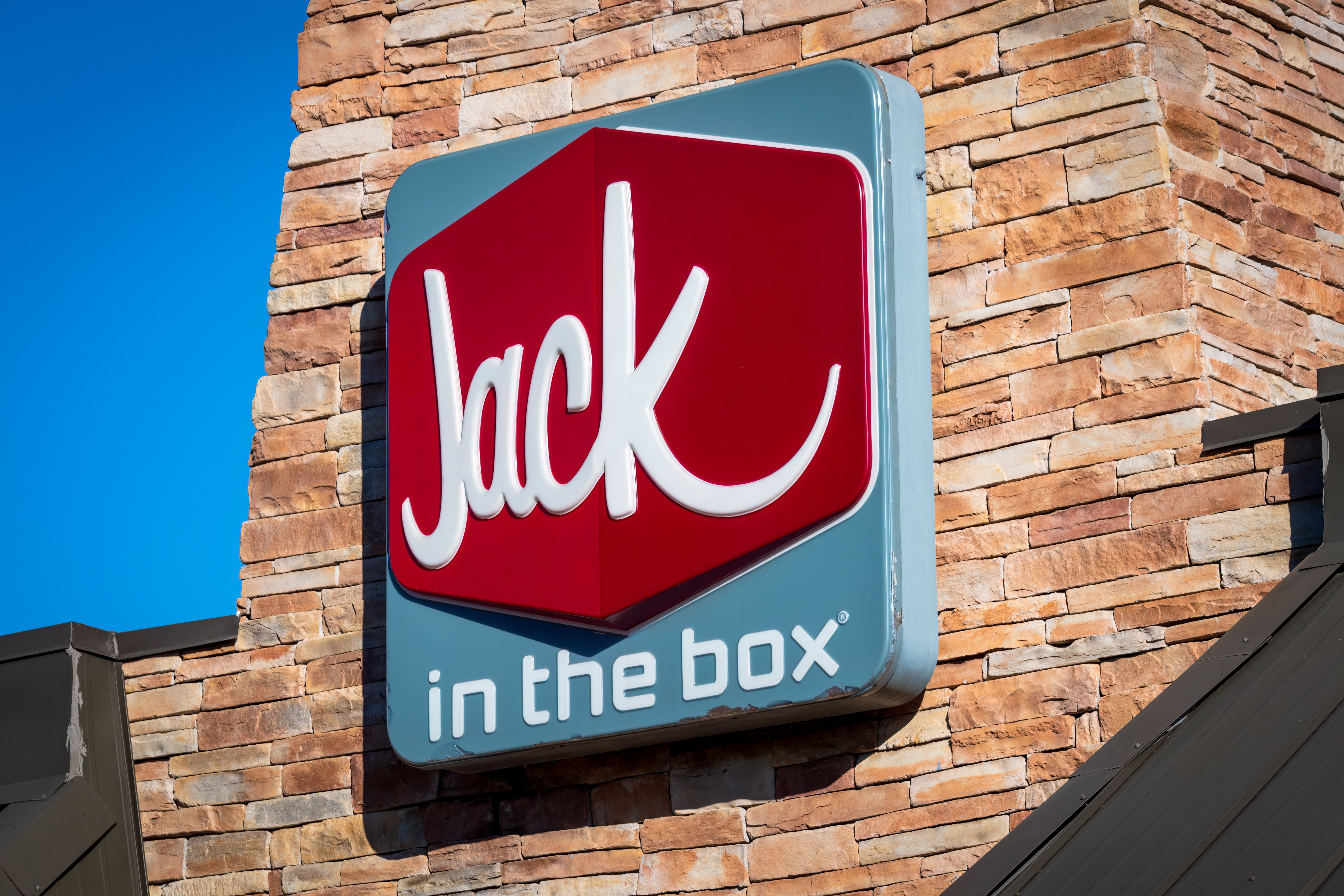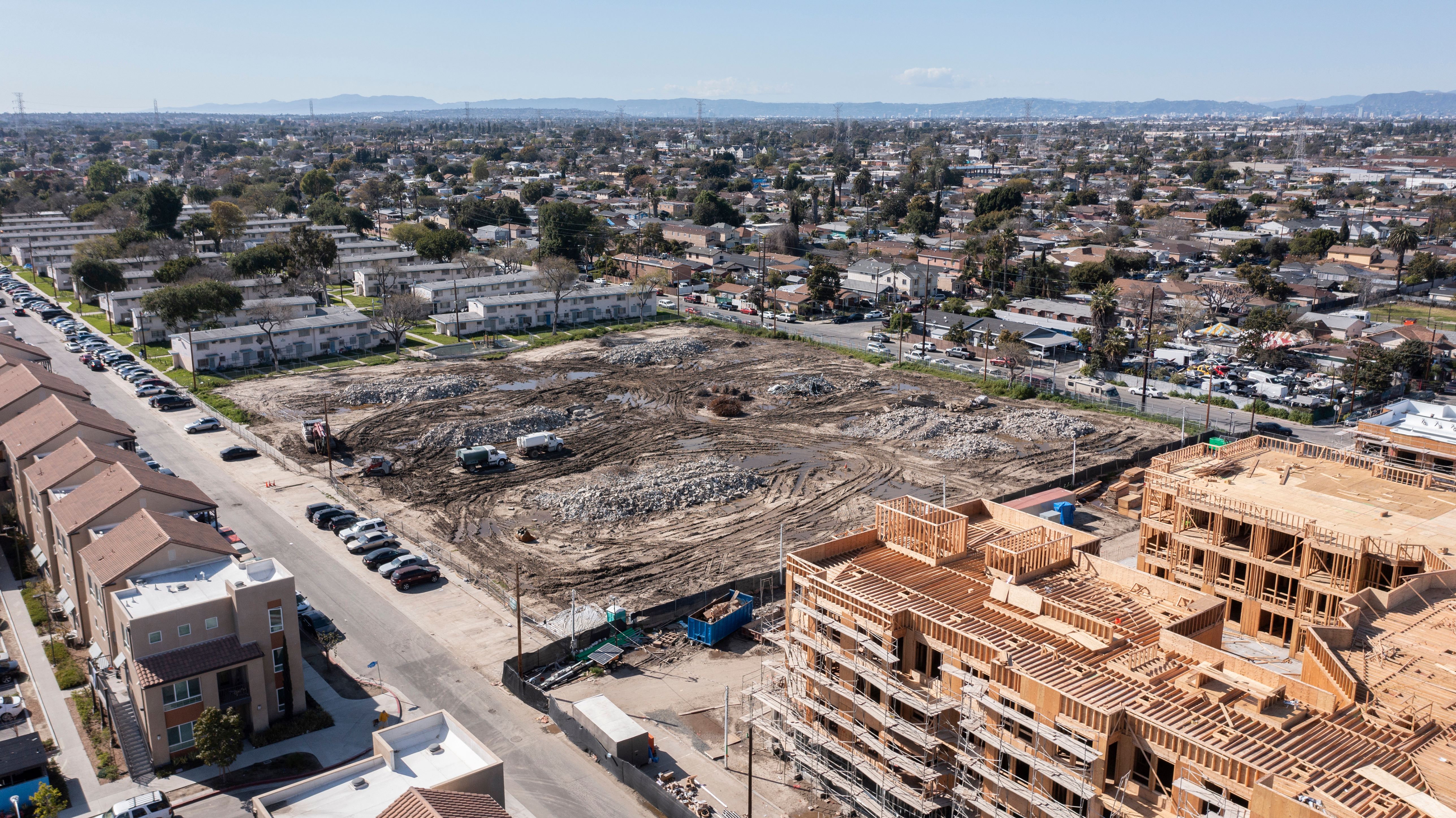How Trump’s “Big Beautiful Bill” Supercharges Commercial Real Estate — Especially with Bonus Depreciation

Donald Trump’s new tax reform package, the One Big Beautiful Bill (OBBBA), represents the most significant overhaul to the tax code since the 2017 Tax Cuts and Jobs Act. For commercial real estate (CRE) investors, the implications are major—especially due to a revival and expansion of bonus depreciation, one of the most powerful tools in a property investor’s tax strategy.
What Is Bonus Depreciation—And Why Does It Matter?
Bonus depreciation allows investors to immediately deduct a large percentage (up to 100%) of the cost of qualifying property in the year it’s placed in service, rather than depreciating it over time.
Under the 2017 tax law, this benefit was set to phase out by 2027. But under the OBBBA, bonus depreciation is not only reinstated to 100%—it’s extended through 2033 and expanded to cover more asset types, including:
- Non-residential building improvements
- Qualified leasehold improvements
- Certain fixtures, furniture, and equipment
- Select land improvements (e.g., parking lots, lighting, landscaping)
Bottom line: This means commercial property owners can write off most of a building's improvement costs upfront—unlocking huge tax savings and improving cash flow in the early years of ownership.
Key Provisions of the Big Beautiful Bill That Impact CRE
- 100% Bonus Depreciation: Deduct the full cost of qualifying property or improvements in year one—supercharging after-tax cash flow.
- Expanded Section 179 Limits: Deduct up to $2.5 million in qualifying business assets (e.g., HVAC, roofing, fire protection), with broader eligibility.
- Enhanced QBI Deduction (Section 199A): Deduction for pass-through income increases from 20% to 23%, benefiting real estate partnerships and REIT investors.
- Opportunity Zones 2.0: New, more generous Opportunity Zones added—especially in rural areas—with step-up basis benefits reaching 30%.
- Reduced REIT Dividend Tax Rate: REIT dividends now taxed at an effective top rate of ~23.5%, down from ~29.6%, enhancing post-tax yield.
Real Estate Use Cases: How Bonus Depreciation Creates Real-World Value
Scenario 1: Value-Add Renovation Project
A CRE investor acquires a $5 million office building and invests $1.2 million in tenant improvements and HVAC upgrades.
With 100% bonus depreciation, nearly all $1.2M can be deducted in the first year, potentially offsetting hundreds of thousands in rental income and reducing tax liability.
Scenario 2: Ground-Up Construction
A developer builds a $12 million industrial warehouse, including $2 million in site prep, fencing, and lighting.
Those land improvements now qualify under the new rules, so the developer can depreciate $2M immediately, preserving capital and increasing IRR.
Scenario 3: Equipment-Heavy Retail
A franchisee installs $800,000 worth of displays, point-of-sale systems, and kitchen equipment.
All qualify for first-year bonus depreciation or Section 179 expensing, allowing immediate deduction.
Why Commercial Real Estate Investors Benefit
- Accelerated Cash Flow: Immediate depreciation boosts year-one tax deductions—freeing up capital for reinvestment or debt service.
- Higher IRR & Faster ROI: Projects hit profitability faster due to lower tax burdens and improved cash-on-cash returns.
- More Competitive Deal Structures: Investors can use aggressive first-year tax write-offs to attract partners or 1031-exchange capital.
- Improved Exit Strategy: Early cost recovery reduces hold-time breakeven thresholds—investors can sell sooner with more after-tax profit.
- Favorable Financing Terms: Lenders often view strong cash flow from tax benefits as a de-risking factor, enabling better loan terms.
Things to Watch
- Interest Rates: As OBBBA adds to the deficit, the Fed may raise rates—impacting cap rates and financing.
- Potential Sunset or Modification: While bonus depreciation is extended through 2033, future administrations could adjust or repeal provisions.
- Recapture Risk: When selling, depreciation taken is subject to recapture—important to model exit strategies carefully.
- Green Tax Credit Rollbacks: OBBBA reduces certain clean energy incentives—may reduce benefits for energy-efficient CRE projects.
Final Thoughts: A Golden Window for CRE Investors
The Big Beautiful Bill opens a generational tax window for savvy commercial real estate investors. With 100% bonus depreciation restored and expanded, pass-through income more favorably taxed, and new opportunities in distressed markets, the incentives are stacking in favor of:
- Build-to-hold developers
- Value-add operators
- 1031 exchange participants
- REIT investors and syndicators
If you’re planning a project, front-loading your tax savings through bonus depreciation could be the difference between an average and exceptional return. Structuring deals to optimize tax efficiency will be key—and the best time to act may be before the market fully prices in these new benefits.
Related posts
You may also find these articles interesting








